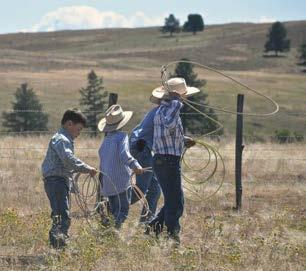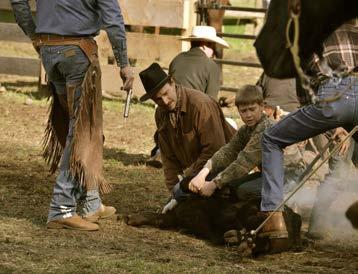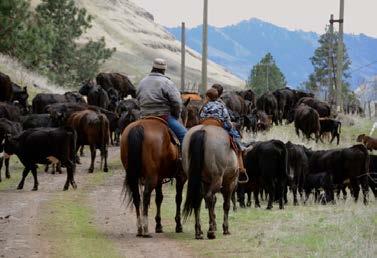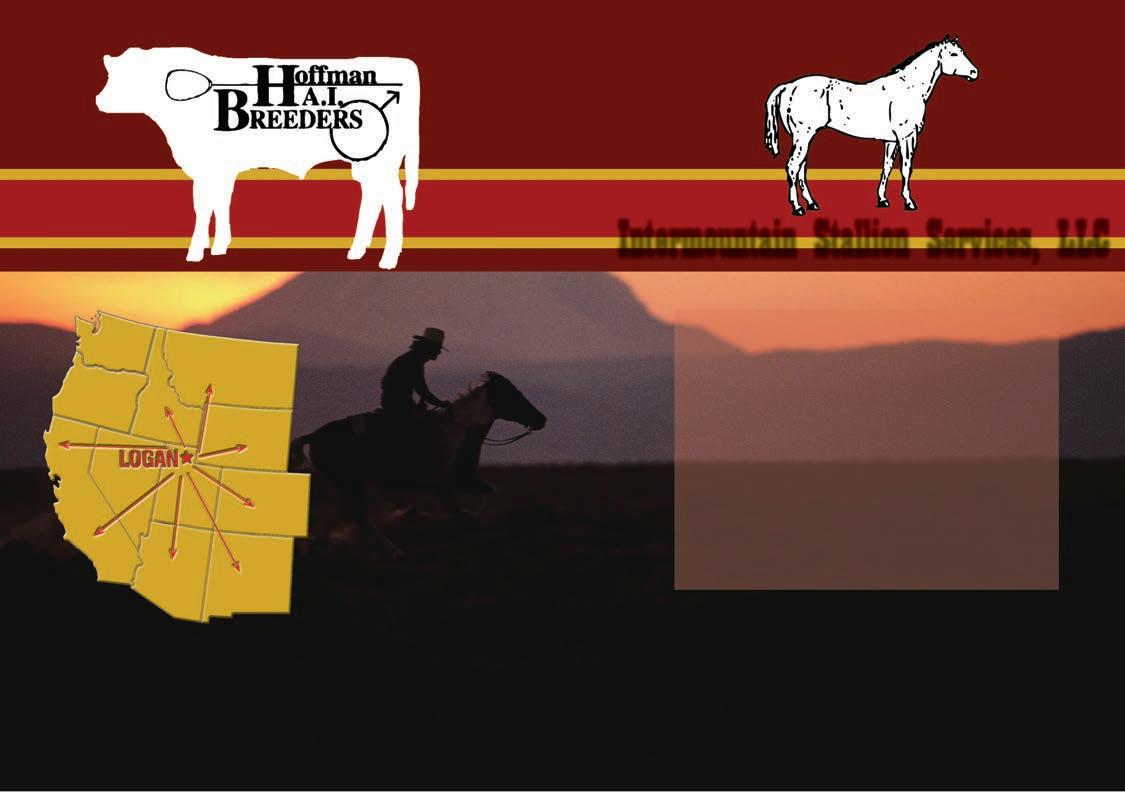
6 minute read
Understanding the CARES Act
Understanding the CARES Act in the Agricultural Industry
By Joe Hobson, Shareholder at Schwabe, Williamson & Wyatt
Advertisement
Congress recently passed the economic stimulus package referred to as the Coronavirus Aid, Relief, and Economic Security Act (CARES Act). The CARES Act is important to certain agricultural organizations and producers because it offers necessary financial relief during this unprecedented time. Understanding the available loans, grants, tax provisions and employment considerations available under the CARES Act could have a tremendous impact on agricultural and farm businesses as they make business-critical decisions about their workforces and the continuation of their business.
The CARES Act establishes a new temporary lending program for small businesses, extends the Economic Injury Disaster Loan (EIDL) program and allows for advances, amends the tax code, includes new items relevant to unemployment insurance and provides support to certain producers and programs through the United States Department of Agriculture (USDA) and other governmental entities. Agricultural enterprises (e.g., farms and ranches), other than aquaculture enterprises, agricultural cooperatives, or nurseries, are not eligible for EIDLs or advances.
The CARES Act made federal funds available to states that enter into agreements with the federal government to increase their weekly unemployment benefits and added additional funds available if states eased some of their unemployment requirements.
The Paycheck Protection Program (PPP) was established and the Economic Injury Disaster Loan (EIDL) program was extended to certain businesses and advances were allowed. The PPP is run through lenders and the Small Business Administration and it is designed to provide a direct incentive for small businesses to keep their workers on the payroll. Please note most agricultural businesses cannot apply for an EIDL.
The PPP loans are first come, first served. For PPP, lenders began taking applications on April 3, 2020, for small businesses and sole proprietorships, and on April 10, 2020, for independent contractors and self-employed persons. The PPP program had $349 billion available, which has been exhausted. As of April 16, 2020, leaders in Congress and the White House have not reached agreement for additional funding, though negotiations are actively underway. There is no guarantee that additional funds will be provided or whether there will be any new restrictions on those funds. Assuming additional funding, PPP loans will be available under the program through June 30, 2020. Some banks have been limiting applications to customers only. Eligible applicants should reach out to their bank as soon as possible when the programreceives additional funding. As of April 16, 2020, there are no funds for EIDL and applications were no longer being accepted.
As of April 8, 2020, there is no process to apply for either a Mid-size Business Loan or a Main Street Loan. However, on April 8, 2020, the Federal Reserve took additional actions to provide for the Main Street Lending Program. Regulations are in process, but the CARES Act does not include a specific timeline for the launch of these programs.
The CARES Act directed $49 billion toward food and agriculture-related programs, with roughly half or $24.6 billion of that amount being allotted to domestic food programs. The Office of the Secretary of the Department of Agriculture received $9.5 billion in funding specifically to support those producers supplying local food systems such as farmers markets, grocery stores, restaurants, schools and to support specialty crop growers, livestock producers, and dairy farmers. In addition, the Commodity Credit Corporation was replenished with $14 billion. This program is the funding mechanism for commodity and income support programs, including the Dairy Margin Coverage, natural resource conservation programs, disaster assistance programs, and the Market Facilitation Program, among others. Other funding is directed to enhance staffing and services in critical areas, including inspections and grading programs and loan programs like the Farm Service Agency. Information relating to how these funds can be accessed is farm and agribusiness specific, producers should reach out to their local USDA and FSA offices to obtain more information.
There are three “big” tax provisions for agricultural producers in the CARES Act: net operating loss (NOL) carrybacks, increases in allowable interest deduction, and deferrals of payroll tax/employee retention tax credits.
www.orcattle.com | Oregon Cattleman
A farmer or rancher should talk to their attorney and tax advisor before applying for or entering any of these new programs or planning to take advantage of any of the new provisions. Always seek good professional help in determining availability and eligibility and for assessing the risks associated with government programs before plunging into one. For more information on the CARES Act and COVID19 related issues, visit Schwabe, Williamson & Wyatt’s CARES Act resource webpage and COVID-19 resource library. •



It was March and we were working cattle for Marr Flat Cattle Co., sure as it is every year, it was branding time. Owner Todd Nash and his large, capable crew pulled stock trailers from miles around and converged on this isolated part of Eastern Oregon for a traditional, old-style branding attended by all ages of cowboys and cowgirls.
Children, dogs, grandmas, and grandpas helped with everything from food prep to roping calves. Babes were seen in mother’s packs and daddy’s too. These photos tell their own stories, and they will become a memorable moment for the youth. One day, they will look back and remember a lesson or a story told to them on that day. These scenes tell a story of the way of life in Wallowa County.
I feel the consumer needs to know more about where their meat is raised and should know about the traditions that produce our beef product. Most importantly, consumers should know how purchasing this beef not only sustains their health, but the culture and economy of their country as well. Especially now in this present crisis because we can maintain our health and boost our immune system by eating nutritious beef.
There are numerous young ranchers just beginning in the cattle business. Let us take the time to give them all the encouragement they can get during these trying times. They are our future. They are smart, well-educated, and dedicated to raising quality beef to fill the demands of the masses. They are raising and feeding the next generation and now they will be thrown into a situation like we have never experienced. Hopefully, young ranchers can learn a few tricks from us now to help them tackle business in this new frontier.
Intermountain Stallion Services, LLC
Let us help you maximize the breeding potential of your bulls or stallions. A bank of frozen semen is the cheapest form of breeding insurance that you can buy!







Convenient custom semen collection –In stud or on farm service Convenient custom semen collection –In stud or on farm service
High quality semen processing and freezing High quality semen processing and freezing
Worry free semen storage and prompt delivery of semen to you or your customers Worry free semen storage and prompt delivery of semen to you or your customers
Secure and sheltered sire housing and collection facilities Secure and sheltered sire housing and collection facilities
Certified semen services approved lab and facility providing semen eligible for domestic and foreign markets Certified semen services approved lab and facility providing semen eligible for domestic and foreign markets
Centrally located and well established in the Intermountain West for over 30 years –We are big enough to serve you and still small enough to give your animal individual attention.










